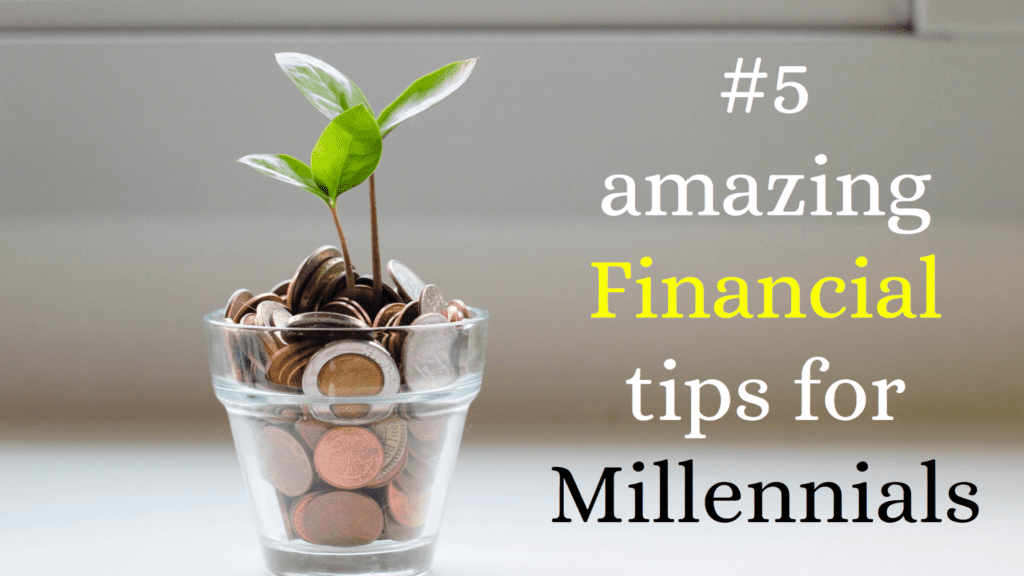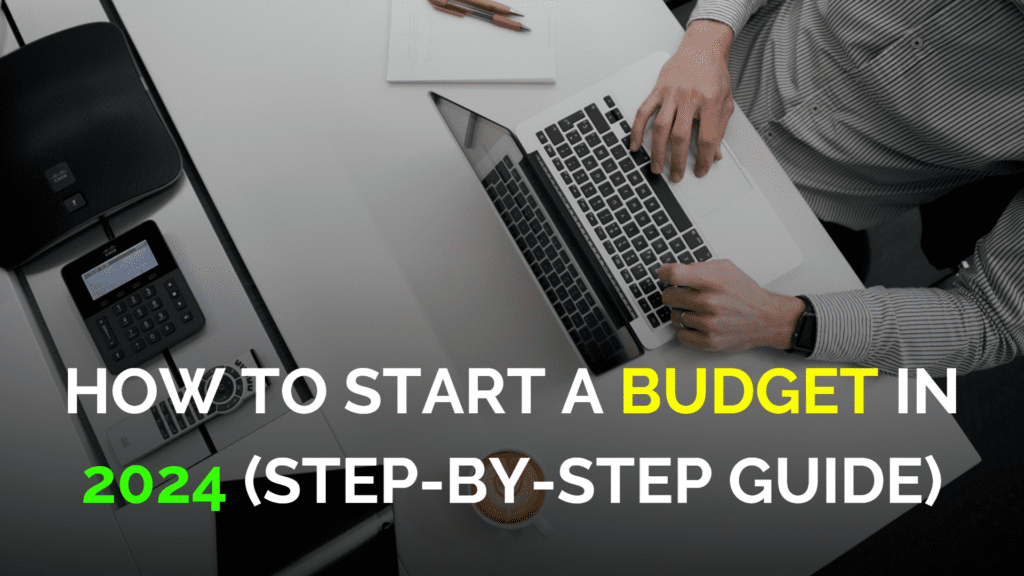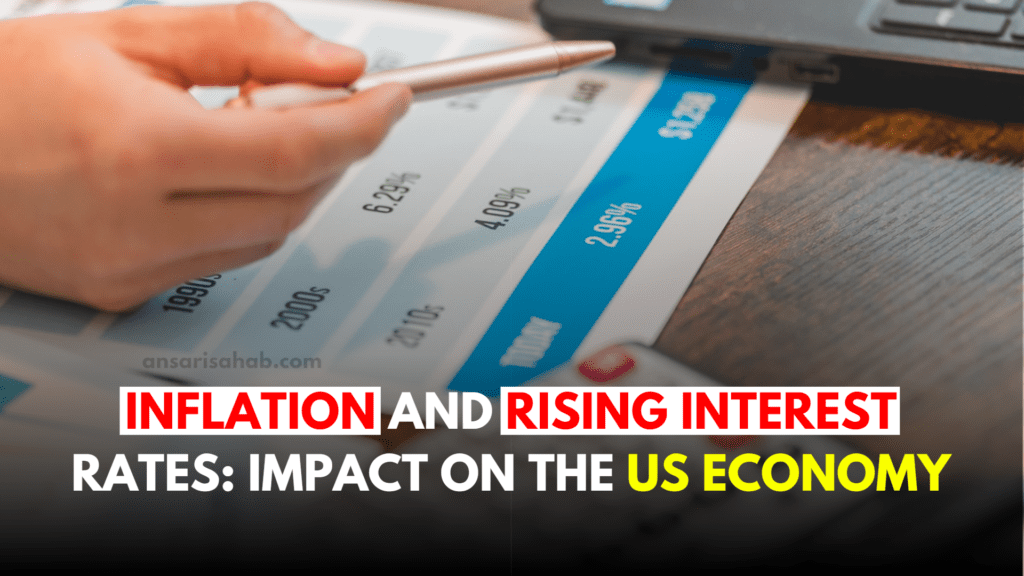If you’re a recent graduate with student loan debt, you’re not alone. Millions of Americans are struggling to repay their student loans, and the burden is only getting worse. But there is good news: There are a number of student loan forgiveness programs available for recent graduates, and you may be eligible for one of them.
What is student loan forgiveness?
Student loan forgiveness is a program that can help you discharge your student loan debt. There are a number of different student loan forgiveness programs available, and each one has its own eligibility requirements and terms of service.
What are the different types of student loan forgiveness programs?
There are a number of different types of student loan forgiveness programs available, including:
- Public Service Loan Forgiveness (PSLF): PSLF is a federal program that can forgive your student loan debt after you make 120 qualifying monthly payments while working full-time for a qualifying employer.
- Teacher Loan Forgiveness: Teacher Loan Forgiveness is a federal program that can forgive up to $17,500 in student loan debt for teachers who work full-time for five consecutive years in a low-income school.
- Perkins Loan Forgiveness: Perkins Loan Forgiveness is a federal program that can forgive up to 100% of your Perkins Loan debt if you work in a qualifying public service job for five years.
- Income-Driven Repayment (IDR) Plans: IDR Plans are federal programs that cap your monthly student loan payments at a percentage of your discretionary income. After 20 or 25 years of making IDR payments, any remaining balance on your student loans may be forgiven.
Am I eligible for student loan forgiveness?
Eligibility requirements for student loan forgiveness programs vary depending on the program. However, most programs require that you have federal student loan debt. Some programs also have additional requirements, such as working in a certain job or profession or meeting a certain income threshold.
How to apply for student loan forgiveness
The application process for student loan forgiveness programs also varies depending on the program. However, most programs require that you submit an application form and supporting documentation. You can find more information about how to apply for student loan forgiveness on the websites of the Federal Student Aid and the U.S. Department of Education.
Read More: The 2023 Government Shutdown: Impact on Federal Employees, Contractors, and the Public
Tips for recent graduates
If you’re a recent graduate with student loan debt, there are a few things you can do to increase your chances of qualifying for student loan forgiveness:
- Start making payments on your student loans as soon as possible. This will help you to reduce the amount of interest that accrues on your loans and make it easier to repay your loans over time.
- Consider enrolling in an IDR Plan. IDR Plans can make your monthly student loan payments more affordable and make it more likely that you will be eligible for student loan forgiveness after 20 or 25 years of payments.
- Explore other student loan forgiveness options. There are a number of other student loan forgiveness programs available, such as PSLF and Teacher Loan Forgiveness. Be sure to research all of your options to see if you are eligible for any of them.
Conclusion
Student loan forgiveness can be a great way to reduce or eliminate your student loan debt. If you’re a recent graduate with student loan debt, be sure to research the different student loan forgiveness programs that are available and apply for any programs that you are eligible for.
Additional tips
Here are some additional tips for recent graduates who are applying for student loan forgiveness:
- Be organized. When you’re applying for student loan forgiveness, it’s important to be organized and have all of your documentation in order. This will help to make the application process easier and faster.
- Be patient. The application process for student loan forgiveness can take some time. Be patient and don’t give up.
- Ask for help. If you have any questions about the student loan forgiveness process, don’t be afraid to ask for help. You can contact the Federal Student Aid or the U.S. Department of Education for assistance.









